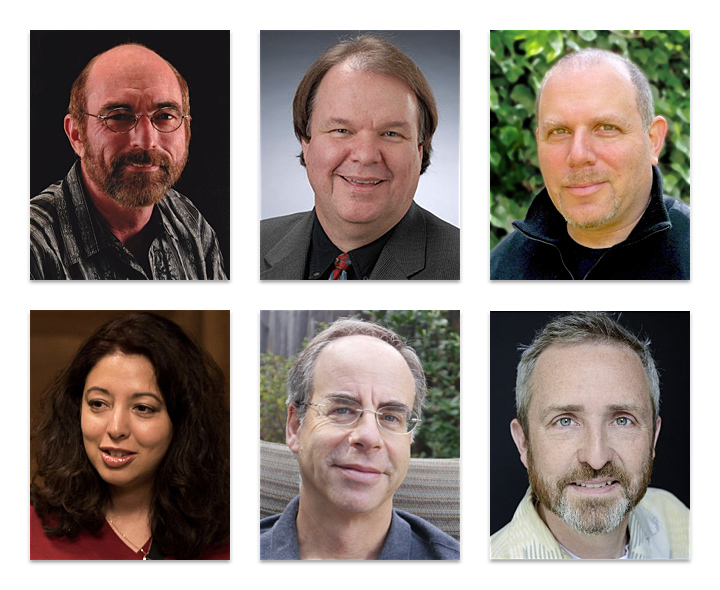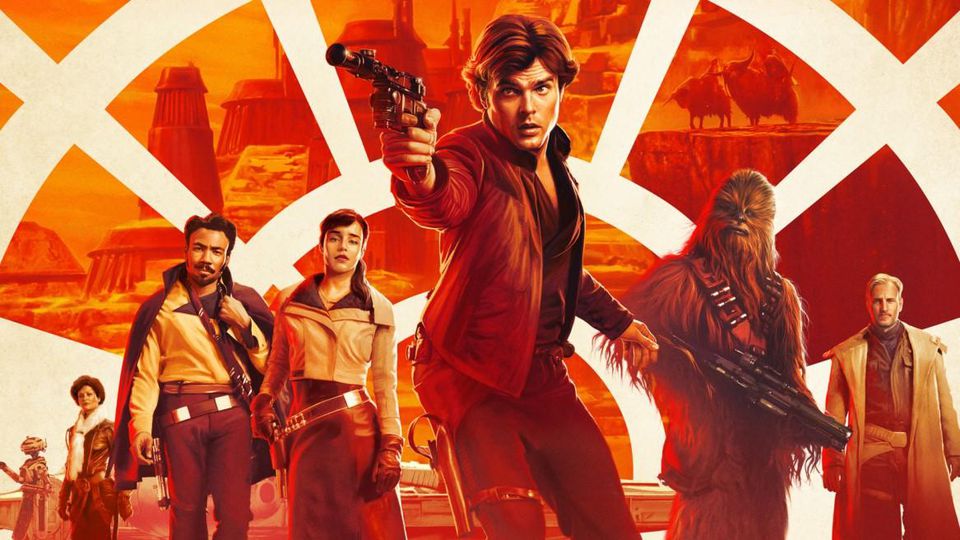The ACM SIGGRAPH election window is now open and will remain open until August 15, 2018. There are two races being held, one for Treasurer and the other for Director At Large in which the top two candidate will be elected. Those elected will be starting their terms September 1, 2018.
Each candidate has created a position paper based on their vision of what they hope to accomplish in their term of office. The candidates were also asked to do an ACM SIGGRAPH Member profile. Please read about their positions, position statements and member profile. These documents will be useful for making an informed decision. Learn about the candidates and cast your vote!
Treasurer Candidates
- Brad Lawrence
- David Spoelstra
Director At Large Candidates
- Mashhuda Glencross
- Evan Hirsch
- Terrance Masson
- Paul Strauss
Members of ACM SIGGRAPH who are in good standing as of June 1, 2018 have been sent voting information in an email message or letter from Election Services Corporation (ESC). If ACM does not have an email address on file, members will receive voting information via postal mail. Members also have the option of requesting a paper ballot. If you have not received an email from ESC, please contact them at acmsighelp@electionservicescorp.com or toll-free at 1-866-720-4357.






